
Arc Flash Gloves: Selecting the Right Protection
Choosing the right Arc Flash Gloves is key to ensuring your safety in high-risk environments like electrical maintenance or construction....
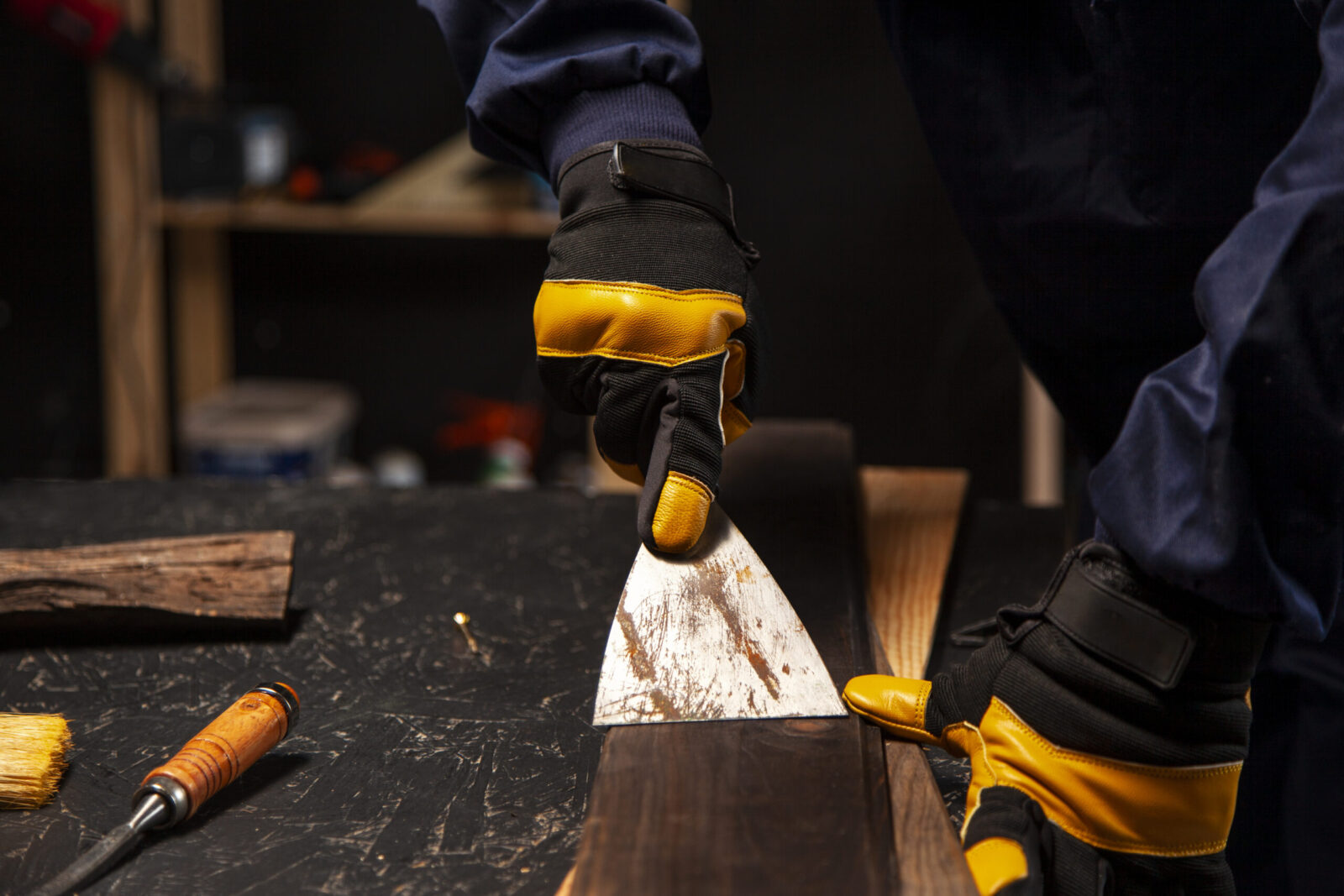
Get 20€ off on your first order!
Working with sharp metals poses unique challenges, and the right cut-resistant gloves enhance both safety and productivity. In this guide, we promise to equip you with all the knowledge needed to choose the perfect gloves for your metalworking needs, ensuring both protection and comfort. With our expertise in safety standards, materials, and fit, you’ll gain the confidence to tackle demanding tasks. Plus, we’ll also guide you on how to maintain your gloves for maximum lifespan and help you find solutions for other related safety gear needs.
For a comprehensive overview of all types of cut protection gloves, visit our Cut-Resistant Gloves Buyer’s Guide.
When selecting gloves for metalwork, understanding cut resistance standards is a key step. In Europe, the EN 388 standard is widely used to classify protective gloves. Gloves are rated on their resistance to:
For metalwork, look for gloves with high ratings in both the Couptest (levels 4-5) and ISO 13997 (typically E or F), ensuring they’re designed to handle sharp edges and heavy-duty tasks. Learn more about EN 388 in our dedicated guide.
When working with sheet metal, sharp edges are best handled with gloves that offer excellent protection against cuts and lacerations. For this task, gloves with steel fiber reinforcement and nitrile coating are highly effective as they combine durability with a strong grip on slippery surfaces.
Metalworking often involves exposure to high temperatures, such as during welding. In these cases, Kevlar gloves are ideal as they offer both cut resistance and heat protection, ensuring safe handling of hot metal pieces.
For assembly tasks that require handling small, sharp components, HPPE gloves with polyurethane coating provide excellent dexterity and precise grip while still protecting against cuts.
For related protective products, explore Safety Shoes to protect your feet in industrial settings.
Cut-resistant gloves come in a variety of materials, each suited to different tasks:
For tasks like handling sheet metal or operating industrial saws, gloves with steel fiber reinforcement are ideal.
The type of coating affects grip and durability:
Choose a coating that aligns with your work conditions. For example, nitrile-coated gloves are excellent when working with oily metal parts. Learn more about gloves coating from this guide by Defendersafety.
Proper fit is essential for both comfort and performance. Gloves that are too loose can reduce dexterity, while gloves that are too tight may cause discomfort over long periods. Refer to the sizing chart below for European sizes:
| Hand Circumference (cm) | Size |
| 15-17 | 6 (XS) |
| 18-20 | 7 (S) |
| 21-23 | 8 (M) |
| 24-26 | 9 (L) |
| 27-29 | 10 (XL) |
| Task | Recommended Glove Type | Key Features |
| Sheet metal handling | Steel fiber gloves with nitrile | High cut resistance, oily grip |
| Assembly work | HPPE gloves with PU coating | Lightweight, precise grip |
| Welding and cutting tasks | Kevlar gloves with heat resistance | Cut and heat protection |
For more specialized needs, consider Leather Work Gloves for additional durability.

Proper care of your gloves can extend their lifespan and maintain their protective properties. Here’s how:
Regularly replacing worn gloves ensures optimal protection and reliability.
Ready to find the perfect gloves? Explore our range of Cut Resistant Gloves on Droppe. For a broader selection of work gloves, visit the Work Gloves category.
Choosing the right gloves often involves understanding the risks and demands of your tasks. For further guidance, check out our sibling articles:
Choosing the right cut-resistant gloves is essential for ensuring safety and efficiency in metalworking tasks. By understanding key factors such as material types, safety standards, and specific task requirements, you can make an informed decision that protects you from potential hazards.
Explore our full range of Cut Resistant Gloves on Droppe, where trusted brands provide the durability and performance you need for demanding work environments.
If you have any questions or need guidance in selecting the perfect gloves, don’t hesitate to reach out—we’re here to support your safety and confidence every step of the way.
Check the EN 388 rating displayed on the glove’s label or packaging. This rating will indicate the glove’s performance against abrasion, cuts, tearing, and punctures. For metalworking, look for high cut resistance levels (Couptest level 4-5 or ISO 13997 E/F).
Cut-resistant gloves protect against slicing actions, such as those from sharp edges or blades, while puncture-resistant gloves are designed to withstand penetration from pointed objects like nails or needles. For metalworking, prioritize cut resistance but consider gloves with dual protection if punctures are a concern.
Not always. While some Kevlar gloves offer both cut and heat resistance, tasks involving extreme heat may require specialized welding gloves. Assess the primary risk of your task and choose gloves accordingly, or look for multi-purpose gloves designed for both hazards.
No, gloves with any visible damage, such as tears or thinning material, should be replaced immediately. Even small imperfections can compromise the glove’s protective properties, leaving you vulnerable to injury.
If sharing gloves is unavoidable, choose gloves that are machine washable for easy cleaning. Alternatively, provide disposable glove liners for each user to maintain hygiene and reduce the risk of contamination or skin irritation.
Thank you! You've signed up for our newsletter.




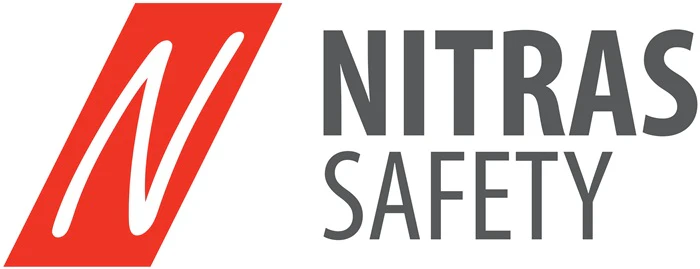







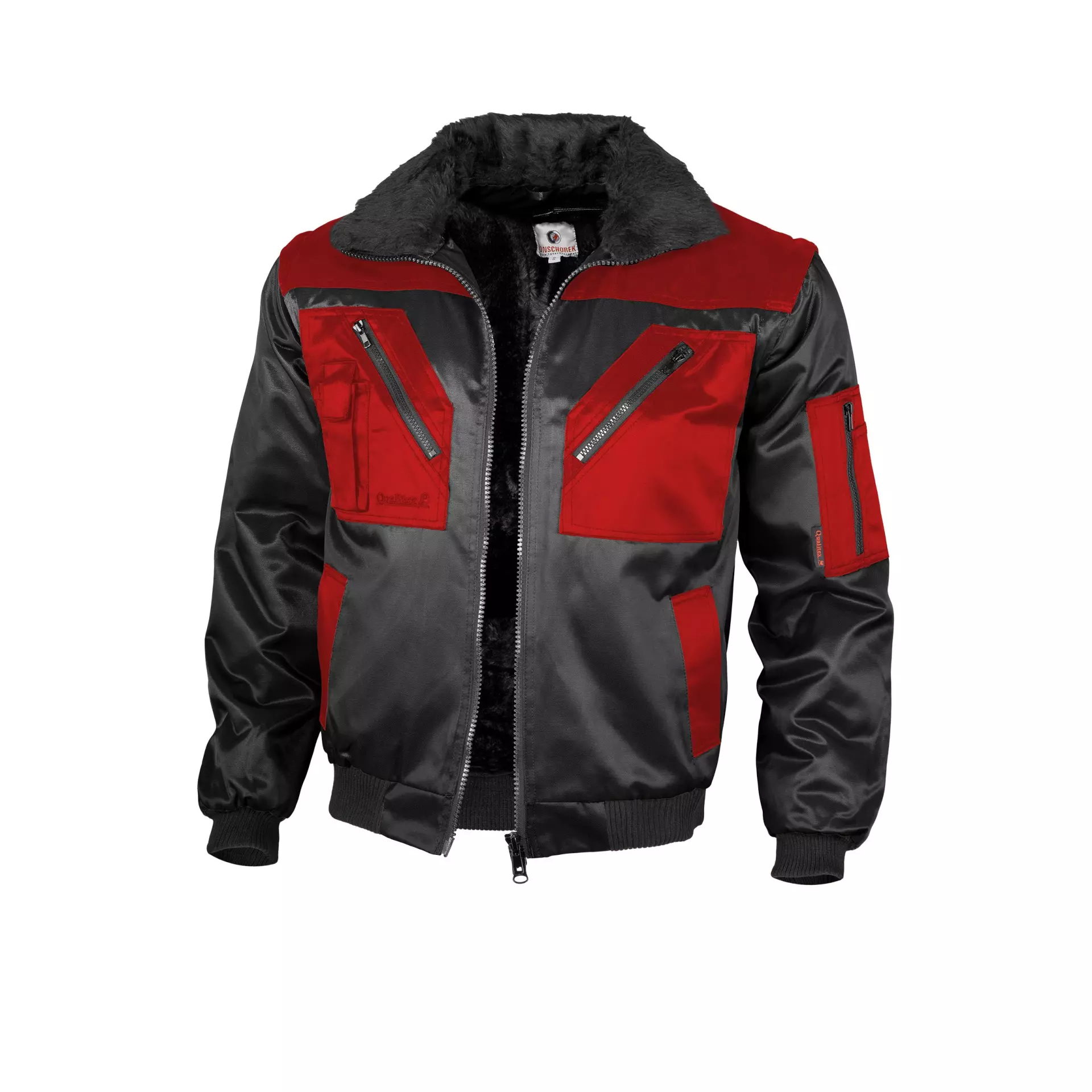
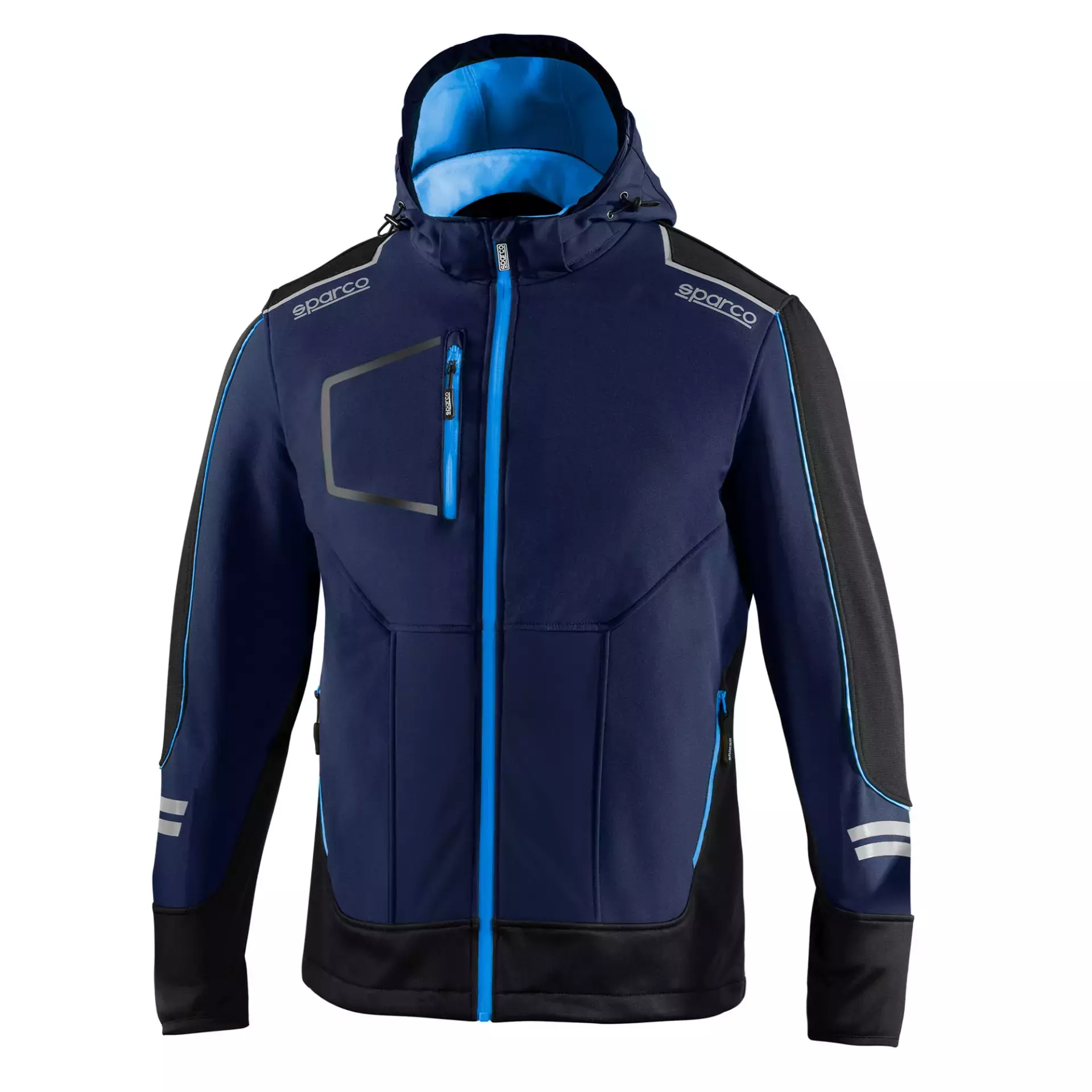





Choosing the right Arc Flash Gloves is key to ensuring your safety in high-risk environments like electrical maintenance or construction....
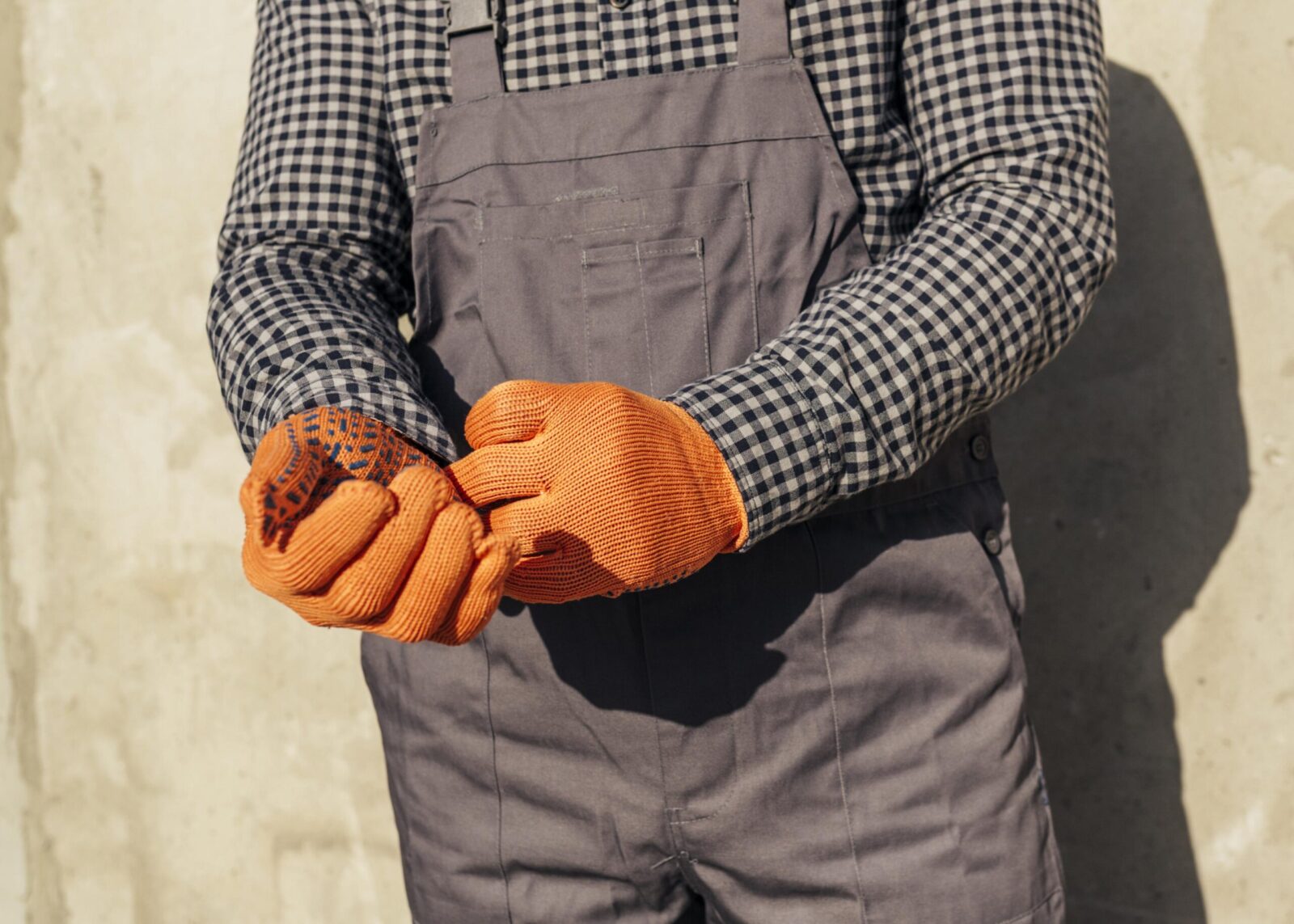
Choosing the right Rubber Insulating Gloves is essential for safety in electrical work, but with so many options, it can...

Are you looking for the right electrical insulating gloves to ensure your safety? This guide will help you understand the...

Choosing the right Arc Flash Gloves is key to ensuring your safety in high-risk environments like electrical maintenance or construction....

Choosing the right Rubber Insulating Gloves is essential for safety in electrical work, but with so many options, it can...

Are you looking for the right electrical insulating gloves to ensure your safety? This guide will help you understand the...
Get 20€ off on your first order!
Save 30% by buying directly from brands, and get an extra 10€ off orders over €100
Save 30% by buying directly form brands, and get an extra 10€ off orders over €100